Ocean Acidification: Warming’s “Evil Twin”
This week Sonardyne announced the integration of its CONTROS HydroC dissolved CO2 sensor from -4H-JENA engineering into its Origin 600 Acoustic Doppler Current Profiler, a development aimed at unlocking new capabilities for ocean acidification research.
The combined solution enables precise, real-time monitoring of dissolved carbon dioxide levels alongside detailed current profiling.
The oceans act as a partial sink for atmospheric CO2, so more CO2 means more acidification, even in deep oceanic waters.
The effects on ecosystems and biodiversity have been clearly observed, and food production from shellfish aquaculture and fisheries has suffered.
The World Meteorological Organization’s latest State of the Global Climate report released in March confirmed that acidification of the ocean surface is continuing, demonstrated by the steady decrease of global average ocean surface pH. The most intense regional decreases are in the Indian Ocean, the Southern Ocean, the eastern equatorial Pacific Ocean, the northern tropical Pacific and some regions in the Atlantic Ocean.
Projections show that ocean acidification will continue to increase in the 21st century at rates dependent on future emissions, and the report points out that changes in deep-ocean pH are irreversible on centennial to millennial time scales.
New ways of studying ocean acidification are being developed including the use of nuclear and isotopic techniques by the International Atomic Energy Agency’s environmental laboratories in Monaco.
Ocean acidification has now increased by around 30% compared to pre-industrial levels. This has occurred over several hundred years - an instant for the geological record.
The geological record could hold some important information for today’s situation, and a recently released study in Evolving Earth reviewed proxy measures from the fossil record that can be used to understand past ocean acidification events.
As the researchers say: Ocean acidification research is a high priority today considering the dangerous coincidence of past acidification events with mass extinctions and global biodiversity crises.
This doesn’t bode well for the current acidification event. Hence the nickname: evil twin.


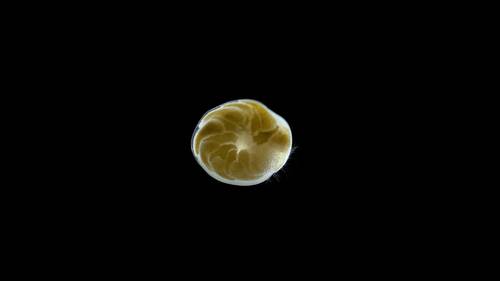
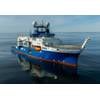

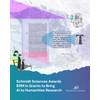
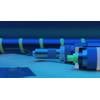
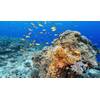
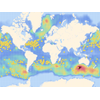






 December 2025
December 2025



